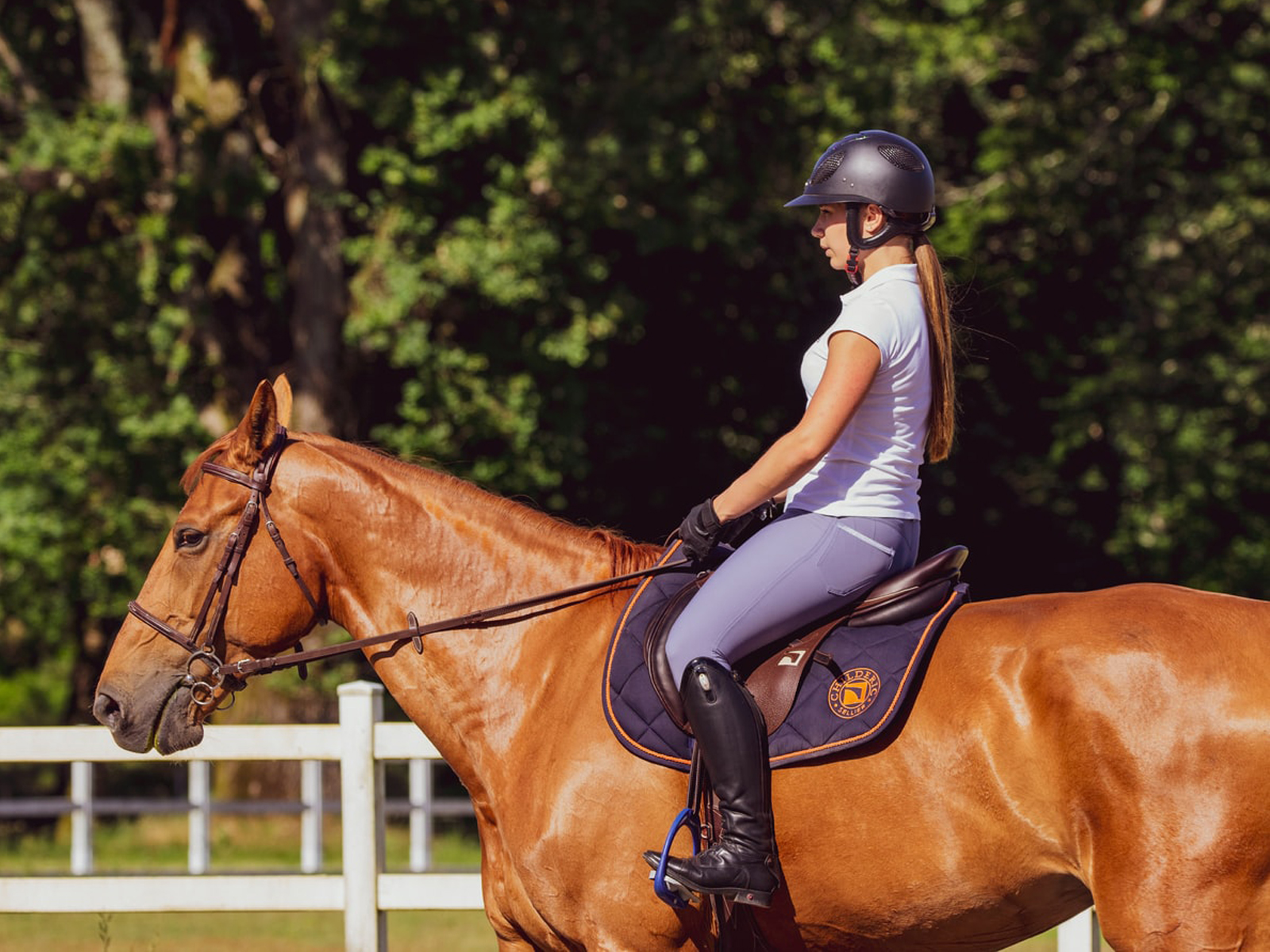Understanding age-related dual sensory loss
By Robin Arnott
Ninety-five per cent of the information we receive comes from our eyes and ears. When an individual does not have access to both visual and auditory stimuli, he or she is said to have “dual sensory loss.”
Impairments to vision and hearing are among the most common age-related conditions affecting the elderly. In fact, more than 45 per cent of Canadians aged 65 years and older have co-occurring vision and hearing loss, with most of these people having acquired these losses (rather than being born with them).
Age-related dual sensory loss may start to present itself in subtle ways. You might start to notice that your mother-in-law has trouble following conversations in group settings and that she has to hold the newspaper very close to her eyes in order to read it. These combined losses come with unique challenges that go above not being able to see or hear, and include isolation, loss of orientation, and mental health and mobility challenges.
Social isolation
Without proper interventions, seniors living with dual sensory loss can become withdrawn and begin to avoid social interactions due to their reduced ability to communicate and travel independently. Lack of social interaction can lead to a host of other health conditions, including increased frailty, depression and anxiety. On top of the regular changes associated with aging, seniors with dual sensory loss often go through an additional grieving process as they come to understand the impact the condition will have on their lives.
Increased risk of slips and falls
Seniors with dual sensory loss also face an increased safety risk. They may lose the ability to see barriers at home or while they are moving through public spaces and to hear people in their path, putting them at increased risk of falls. In addition, vision problems are known to increase the risk of falling by impairing balance and reducing the ability to perceive distances and spatial relationships.
Quality of life
There are simple solutions to sustaining a good quality of life despite dual sensory loss. These include asking for support with socialization, engaging in activities and maintaining independence. Here are some specific tools
that might help:
1) Communication methods such as the two-hand manual alphabet can help seniors with dual sensory loss. In this tactile form of communication, letters of the alphabet are formed by the speaker’s hand positions, which are placed upon a recipient’s open, relaxed palm. The combination of positions forms the alphabet. Each letter of each word is spelled. Pictures, objects of reference and large-print notes can also be of use.
2) High colour contrast is easier for people with low vision to see. For instance, a dark-coloured couch might be placed on a white floor, or door frames can be painted black or navy blue against a white wall.
3) An orientation and mobility specialist can help individuals with dual sensory loss to learn safe travel techniques and provide other practical pointers for independent living.
Robin Arnott is the Project Coordinator for the Zoom In & Redefine Seniors Sensory Loss Partnership Project.













